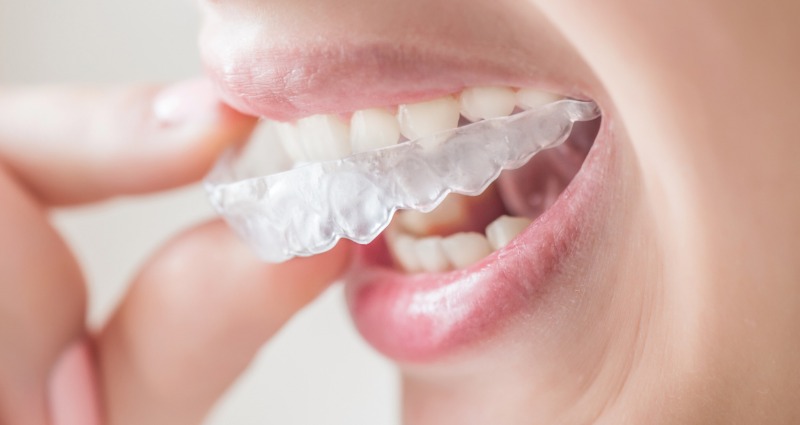
The most common regret of people who had braces many years ago is the movement of their teeth. Parents of patients often tell us they had a perfect smile after braces but it has changed over the years.
There wasn’t the awareness amongst patients 20 years ago that teeth have a nasty habit of moving back to their ‘undesired position’. Back then patients thought their last day of braces signalled the end of their orthodontic journey. Now we tell patients it’s one day in a much longer journey. You need to protect your smile if you want to keep it for a lifetime!
Why Do Teeth Shift After Braces are Removed?
It’s natural for teeth to want to move back to where they were. Even if you wore braces for three years, your teeth have a long memory. Teeth movement can happen soon after braces, or take many years to occur.
Teeth shift as part of the aging process. They move to the front of the mouth, particularly those on the bottom arch, which can cause crowding, wear and aesthetic problems.
Changes in gum and bone health may affect the stability of your tooth positions. Poor oral hygiene can impact teeth placement, particularly if there are significant changes in your health status. Conditions such as diabetes, thyroid hormone issues, osteoporosis and many other conditions that affect bone health can influence the response of gums to bacterial plaque contributing to tooth movement. If you aren’t brushing your teeth twice a day for two minutes, plaque and decay can set in. Decay can cause the shape of a tooth to change and teeth to shift. Make sure you visit your dentist every six months for a professional clean and check of your teeth and retainers.
Grinding your teeth (bruxism) at night can cause tooth damage and movement. Wearing a nightguard while sleeping helps protect teeth.
How Do You Prevent Teeth From Shifting?
The only way to ensure teeth don’t move is to hold them in place with retainers, fixed or removable ones and don't forget to focus on keeping your gums and body healthy.
Removable Retainers
Most orthodontic patients wear thin plastic retainers after treatment with braces or Invisalign. The retainers are usually worn full time for at least three months and then only at night. Retainers are removed for eating, drinking and brushing teeth. Removable retainers can warp and not work as effectively over time, and should be replaced.
Fixed Retainers
Forgetting to wear removable retainers particularly years after your braces are removed is a common problem. A fixed retainer placed behind the teeth stays where we want them to.
The thin wire protects the front teeth from moving. The wire is easy to get used to and can stay in place for many years with no problems. But if the wire breaks or bends, it’s important to have a dentist repair it before the teeth move.
Considering Orthodontic Treatment as an Adult?
Get the smile you’ve always wanted with our innovative adult orthodontic treatment! Improve your smile and book an appointment!
How Do You Fix Shifted Teeth after Braces?
It all depends on how much the teeth have shifted. Patients may notice a slight shift in teeth caused by not wearing their retainers as directed by their orthodontist.
If a patient (who should be wearing them at night only) misses a night or two, the retainers may feel a little tight on the next wear. Teeth can move back into place by wearing the retainer continually for 24 hours, taking them out to only eat, drink and brush. Once the tightness has disappeared, the patient can return to wearing them at night.
Retainers are designed to hold teeth in place, not move them. So if teeth have moved significantly and retainers don't fit properly, patients need to make an appointment with their orthodontist.
Wearing a poor fitting retainer can damage teeth and gums so it’s best to seek advice from an orthodontist and discuss options.
A small percentage of people who had braces and didn’t wear their retainers long enough, opt for a second treatment of braces or Invisalign. They’re unhappy with the look of their crossed or crowded teeth and want to get back the perfect smile they once enjoyed.
When Should I Contact My Orthodontist?
You should call your orthodontist to make an appointment if you notice your retainers don’t fit or you can see a visible change in your teeth. If you have recently finished treatment, don’t delay in booking your appointment.
If you have any questions about why your teeth have shifted after treatment please don’t hesitate to contact our clinic for advice.